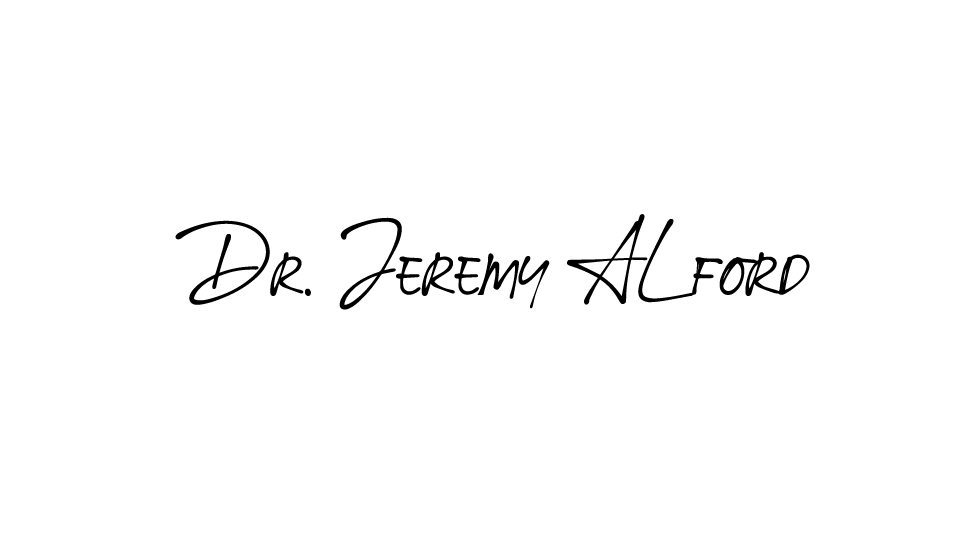Attachment Style
Some of us seem more clingy and in need of validation in their relationships and others rather unattached. Attachment theory says that each of us has a specific attachment style which is the way we relate to others in our relationships, the way we respond emotionally to them and how we interact with them.
Often the basis for an attachment style is formed during (early) childhood, where the style later in life somewhat mirrors the dynamic we experienced with our caregivers earlier in life. This isn’t surprising since the exchange of care, comfort and closeness during childhood is very important for behavior later in life, especially for love & intimacy in romantic relationships.
Some children may experience that their needs weren’t met or that the caregivers weren’t emotionally available when the child needed attention, support or affection. This can cause an inability to form a secure attachment or bond which can’t easily be overcome and may continue into adulthood.
The main adult attachment styles are grouped into four categories:
Secure, Anxious, Avoidant and Disorganized.
Secure Attachment:
Characteristics of a person with a secure attachment style
Forms secure, trusting, loving (long-term) relationships
Has good self-esteem
Trusts others and is trusted
Isn’t afraid of intimacy, doesn’t panic when partners need their space/time
Shares feelings with partners and friends
Depends on others without becoming totally dependent
People with a secure attachment style often had their needs met during childhood or worked hard as adults to get there. This attachment style is the most healthy and balanced of the four.
The following three attachment styles are all insecure attachments.
Anxious Attachment:
Characteristics of a person with an anxious (also called “ambivalent”) attachment style
Has a deep fear of rejection or abandonment
Feels very insecure about their relationships
Worries that their partner may leave them
Is reluctant about becoming close to others
Needs a lot of validation, may be clingy and needy
Is afraid of being alone
It’s normal to seek approval from friends, family and partners, and it’s also normal to fear losing someone or being abandoned. But if these fears and needs are getting too powerful, they can be destructive in your relationship. For example, the overwhelming fear of abandonment can lead to strong jealousy and suspiciousness.
Avoidant Attachment:
Characteristics of a person with an avoidant attachment style
Has fear of intimacy
Has trouble getting close to others and trusting them
Doesn’t invest much emotion in relationships
Maintains some distance from partners, may be emotionally unavailable
Is unable/unwilling to share thoughts or feelings
Experiences only little distress after breakups
A person with an avoidant attachment style can appear self-sufficient, confident and independent. But may be unable to tolerate physical or emotional intimacy which can prevent them from building healthy relationships.
Disorganized (Fearful-avoidant) Attachment:
Characteristics of a person with a disorganized attachment style
Fears intimacy and avoids closeness
Craves affection but wants to avoid it
Wants love and be loved but is afraid of being hurt by the ones closest to them
Has trouble completely trusting others
Expects rejection and disappointment
Has trouble believing that their partner will love them the way they are
Tends to have a negative view of themselves and others as well
Disorganized attachment style is a combination of the anxious and avoidant attachment styles.
It is thought that people who went through traumas such as abuse or experienced losses during childhood, may develop a disorganized attachment style. The main difference from the avoidant attachment style is that disorganized people actually want relationships.
Emotional closeness, intimacy, love and affection are very important for us. Having someone to rely on, to feel safe with and valued by, is invaluable. But all of this can be difficult to achieve with insecure attachment styles. Changing the way you attach or bond can be challenging but it is possible. Working through attachment issues alone is even more difficult. An experienced therapist can help you start healing.
If however you really feel like you are struggling, you can reach out and speak with a qualified psychotherapist. Online consultations are as effective as in person.
You can contact me for more information: admin@alfordjeremy.com


